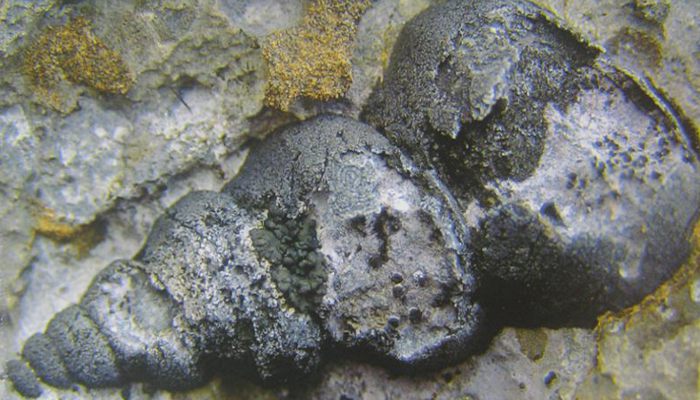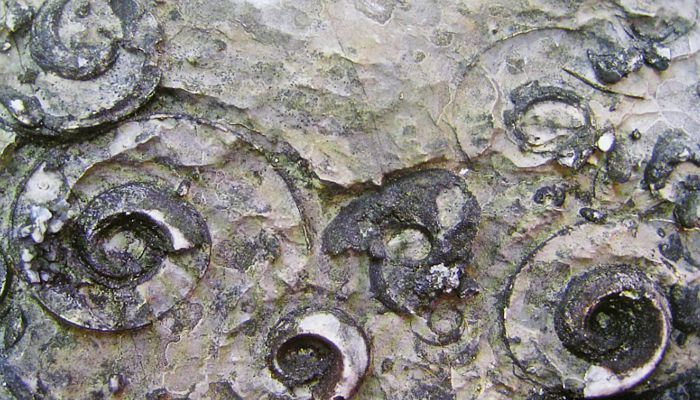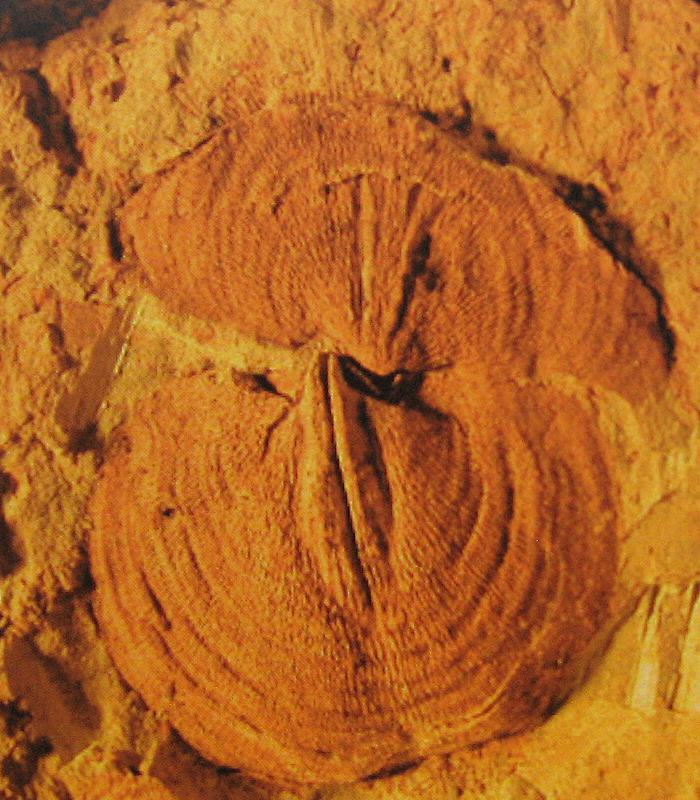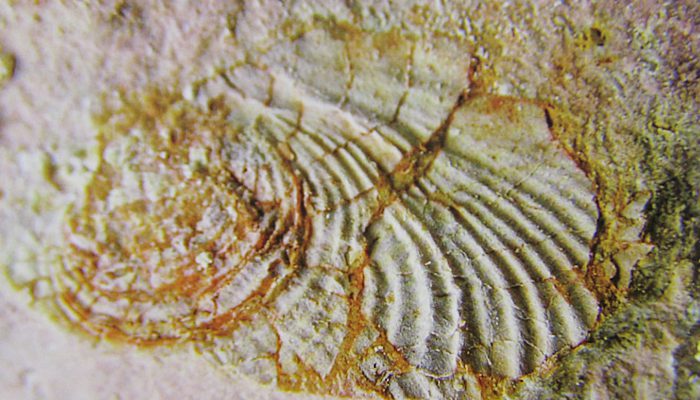
Fossils are commonly found in Kilim’s limestone and detrital rocks. Whether in the shape of moulds, casts, traces or imprints, these fossils are history books narrating the story of the Setul and Singa Formations from 505 to 286 millions years ago.
Kilim’s fossil diversity includes:
- Ancestors of modern insects (trilobites)
- Snails and slugs (gastropods)
- Lamp shells (brachiopods)
- Sea mosses (bryozoans)
- Precursors of the octopus and nautilus (chepalopods)
- Clams (bivalves, extinct marine plankton (graptolites)
- Sea-lilies (crinoids) and corals (cnidarians)
These fossils commonly occurred in its original shell forms imbedded in fresh limestone. Sometimes they occurred as iron oxides, a replacement material resulted from the oxidation process when the impure limestone were exposed to the surface.




